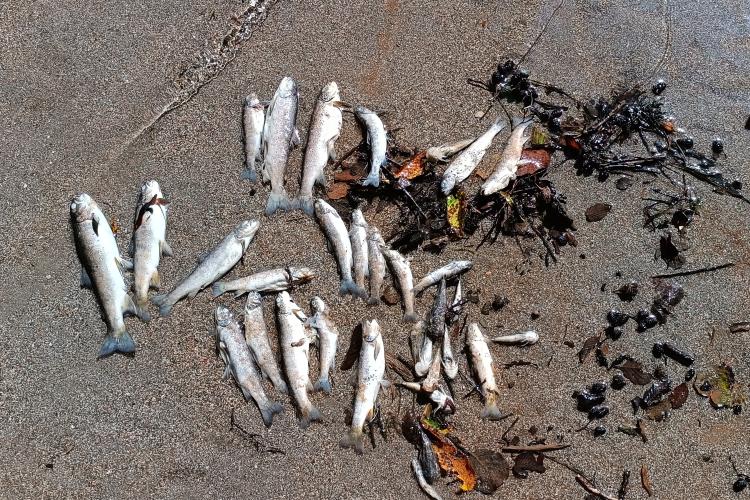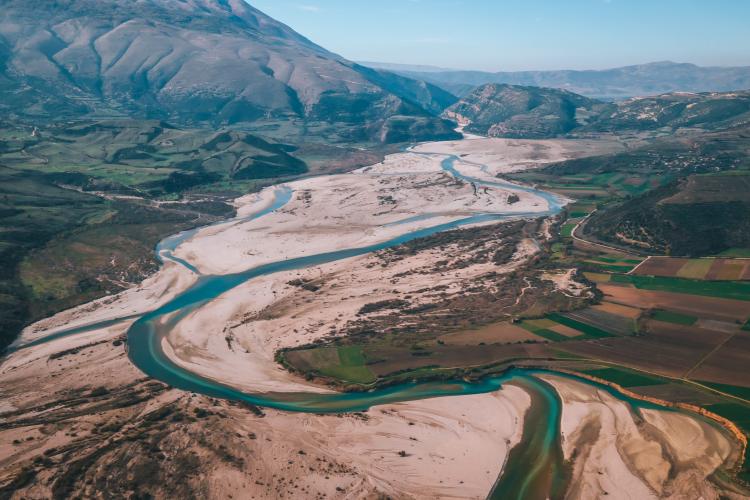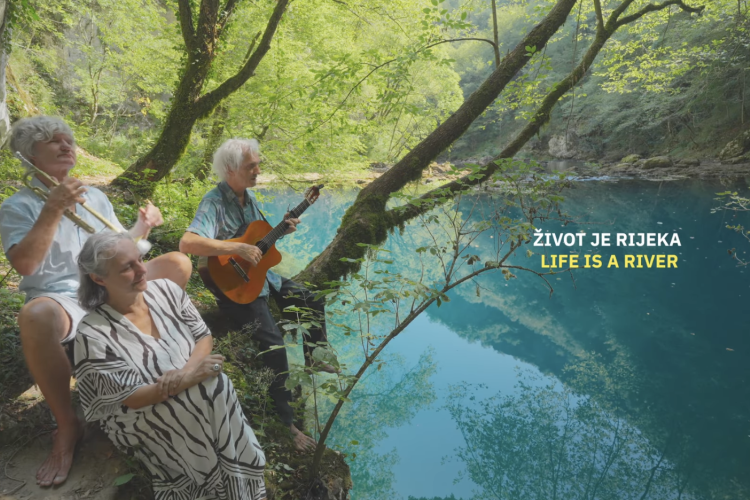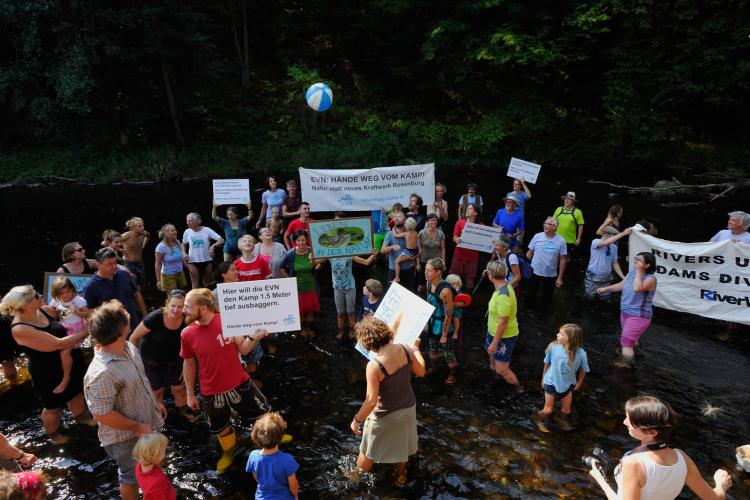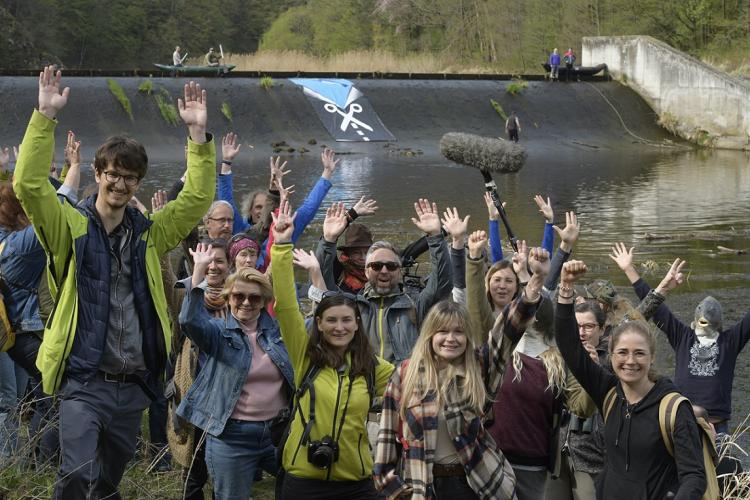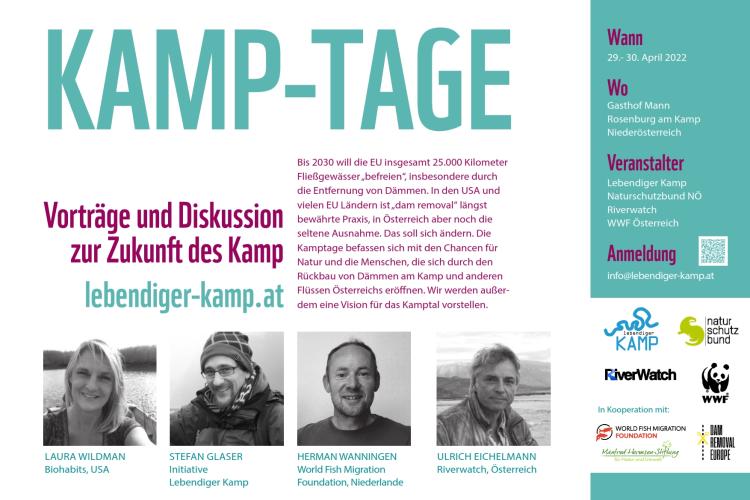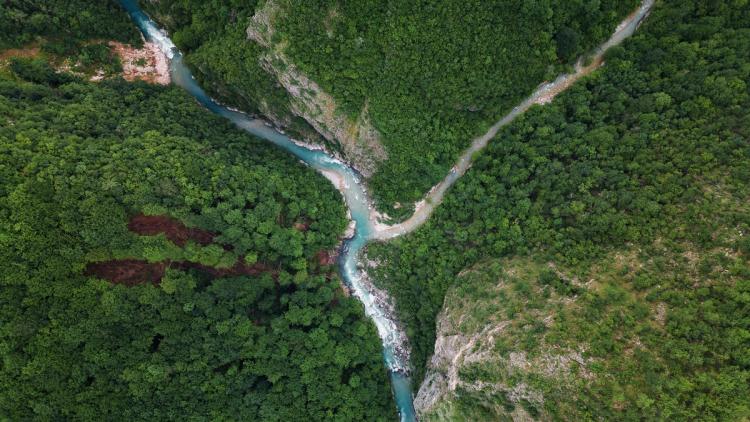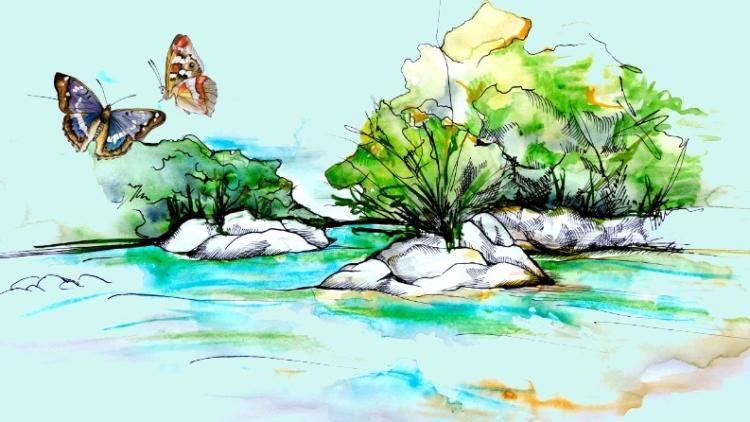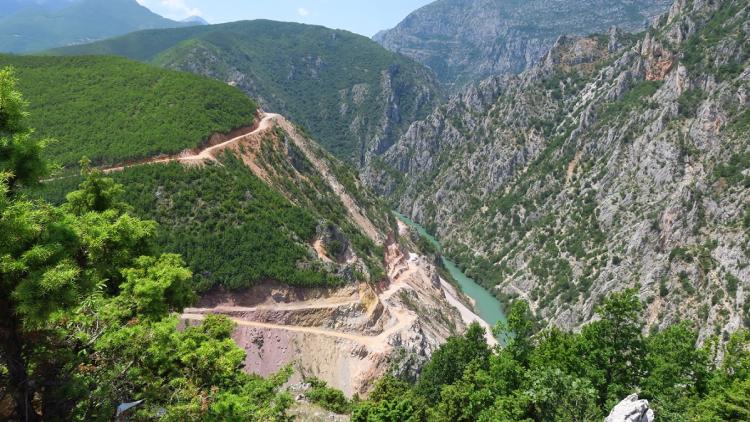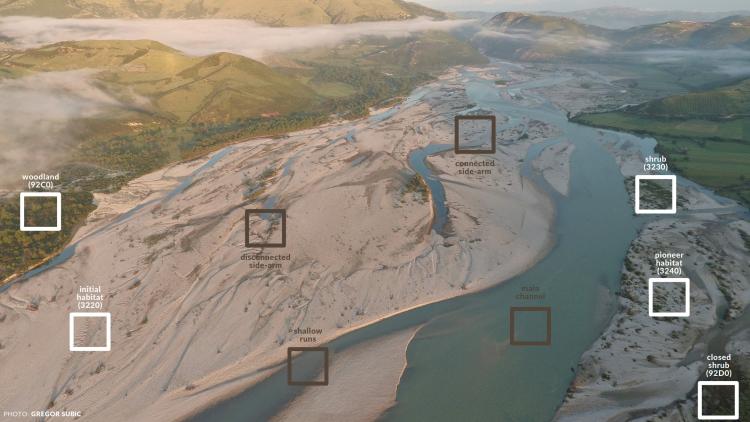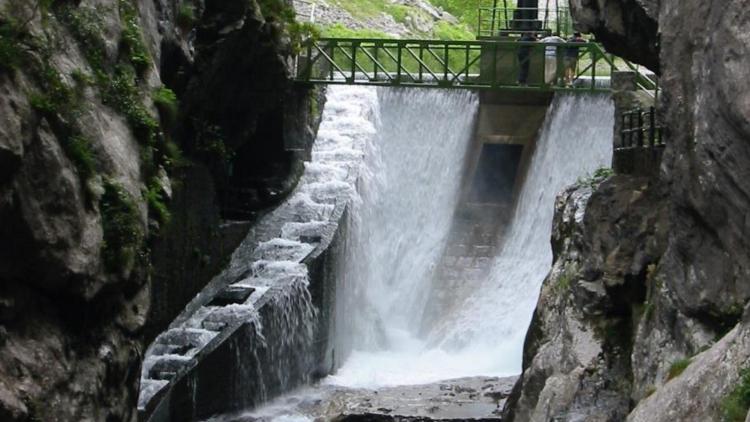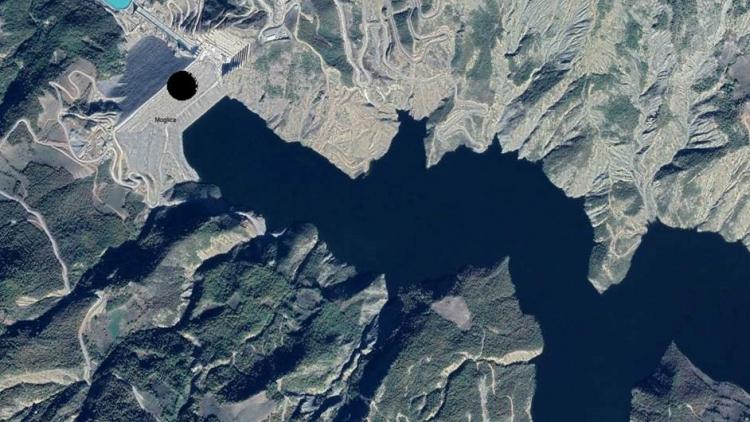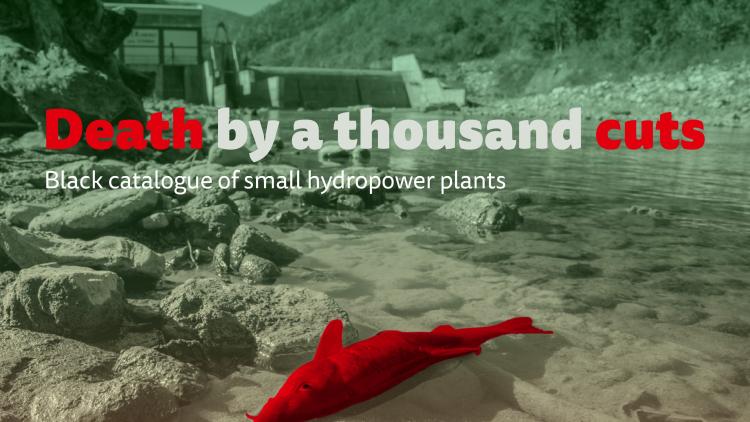A new report published by ClientEarth provides an interim assessment of how effectively six Western Balkan countries are safeguarding their rivers by incorporating key EU laws related to hydropower projects into their national legislation. The analysis reveals that there has been some progress. However, the report also highlights specific systemic failures to comply with the EU framework.
The feasibility study is the result of six months of extensive fieldwork and in-depth analysis by a team of over 30 experts in areas such as eco-tourism, geomorphology, ecology, planning and management of protected areas, sustainable financing of national parks, legislation, and social and environmental impact assessment.
This pilot study provides a general overview of the forest situation in the Vjosa basin, discusses problems and defines areas where pilot reforestation projects are to be implemented soon.
Every two years, we analyse the situation of hydropower development in the Balkans. Since the last update of this kind in 2020, another 246 HPPs came into operation, leaving hundreds of kilometres of rivers and streams devastated. The good news: some positive signals have recently come from Bosnia and Hercegovina and Albania.
The first findings of the expedition were summarized in this report, to provide some very preliminary impressions, highlights and an overview from each of the specialty groups of what was done during this impressively international and collaborative effort. The data collected will be analysed in much more detail over the next months and a more detailed final report is expected by the end of the year 2022.
Greenfield large hydropower investments across southeast Europe face major risks and low realisation rates, according to a new report by CEE Bankwatch, EuroNatur, Riverwatch and WWF Adria published today, which also highlights nine high-risk project cases. Vulnerability to drought, legal issues, increasing public resistance and lack of financing are among the factors which have stopped a slew of large hydropower projects in recent years.
This baseline survey summarises the value of the Vjosa River system as one of the few remaining reference sites for dynamic floodplains in Europe on the one hand, and reveals the detrimental effects dams could have on the river system on the other. Only one dam will significantly destroy the ecological continuum of a pristine river.
In a recent study, researchers of NOVA University Lisbon evaluated the economic viability and energy productivity of existing and planned small hydropower projects in the European Mediterranean region. They found that currently, they can cover at best 2.6% of gross electricity consumption and 0.47% of primary energy consumption. The real contribution is likely much lower.
Every two years, we analyse the situation of hydropower development in the Balkans, updating the data of existing and planned hydropower plants as well as those currently under construction. Since the last update of this kind in 2018, another 300 HPPs came into operation, leaving hundreds of kilometres of rivers and streams devastated.
In Europe, 91 percent of the planned 8,000 hydropower plants are “small”. But what do small dams really look like and how do they affect nature and species around them? Not many people have ever seen a small dam scheme. This is why we prepared this catalogue visualizing the effects of small hydro with drone footage of existing dams.

